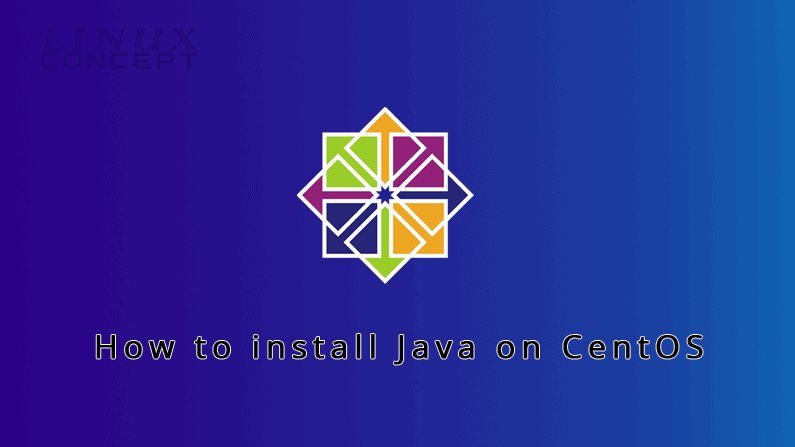

- UPGRADE OPENJDK 7 TO 8 CENTOS HOW TO
- UPGRADE OPENJDK 7 TO 8 CENTOS INSTALL
- UPGRADE OPENJDK 7 TO 8 CENTOS MANUAL
- UPGRADE OPENJDK 7 TO 8 CENTOS ARCHIVE
- UPGRADE OPENJDK 7 TO 8 CENTOS SOFTWARE
UPGRADE OPENJDK 7 TO 8 CENTOS MANUAL
Manual configuration Centos 7 Openjdk 11 1. Use rpm-e - nodeps for mandatory uninstallation and remove all openjdk s from nodepsĭownload official website JDK 8u211 Method 1.
UPGRADE OPENJDK 7 TO 8 CENTOS INSTALL
$ sudo yum install java-1.8.0-openjdk-deve1. To Install OpenJDK 8 Java Development Kit (JDK) - Enter the below command on CentOS command line. If you want to develop Java programs then please install the java-1.8.0-openjdk-deve1 package. The java-1.8.0-openjdk package contains just the Java Runtime Environment. Now, we will grab “update-alternatives” and tell the system to change to the newly set OpenJDK –. Sudo sh -c 'for bin in /usr/lib/jvm/jdk-11.0.1/bin/. This script tells the server to run the Tomcat service as the tomcat user, with the settings specified.Article directory 1. etc/systemd/system/rvice # Systemd unit file for tomcatĭescription=Apache Tomcat Web Application ContainerĮnvironment=CATALINA_PID=/opt/tomcat/temp/tomcat.pidĮnvironment='CATALINA_OPTS=-Xms 512M -Xmx 1024M -server -XX:+UseParallelGC'Įnvironment='JAVA_OPTS=true =file:/dev/./urandom' You may also want to modify the memory allocation settings that are specified in CATALINA_OPTS: Ĭreate and open the unit file by running this command: Install Systemd Unit Fileīecause we want to be able to run Tomcat as a service, we will set up a Tomcat Systemd unit file. Now that the proper permissions are set up, let’s set up a Systemd unit file.

The tomcat user that we set up needs to have the proper access to the Tomcat installation. Now we’re ready to set up the proper user permissions.
UPGRADE OPENJDK 7 TO 8 CENTOS ARCHIVE
Create the directory, then extract the the archive to it with these commands: We’re going to install Tomcat to the /opt/tomcat directory. Now, use wget and paste in the link to download the Tomcat 8 archive, like this (your mirror link will probably differ from the example): Let’s download the latest binary distribution to our home directory using wget.įirst, install wget using the yum package manager: Under the Binary Distributions section, then under the Core list, copy the link to the “tar.gz”.

At the time of writing, the latest version is 8.5.37. Download Tomcat Binaryįind the latest version of Tomcat 8 at the Tomcat 8 Downloads page. The easiest way to install Tomcat 8 at this time is to download the latest binary release then configure it manually. Java OpenJDK 17 is an open source implementation of Java SE platform. 1) Install OpenJDK 17 on Rocky Linux 8 CentOS 8 CentOS 7. Now that our tomcat user is set up, let’s download and install Tomcat. Now, we will grab update-alternatives and tell the system to change to the newly set OpenJDK.
UPGRADE OPENJDK 7 TO 8 CENTOS HOW TO
You can learn how to do this by completing steps 1-3 in the initial server setup for CentOS 7. Prerequisitesīefore you begin with this guide, you should have a separate, non-root user account set up on your server. This tutorial covers the basic installation and some configuration of the latest release of Tomcat 8 on your CentOS 7 server.
UPGRADE OPENJDK 7 TO 8 CENTOS SOFTWARE
Tomcat is an open source implementation of the Java Servlet and JavaServer Pages technologies, released by the Apache Software Foundation. Apache Tomcat is a web server and servlet container that is used to serve Java applications.


 0 kommentar(er)
0 kommentar(er)
